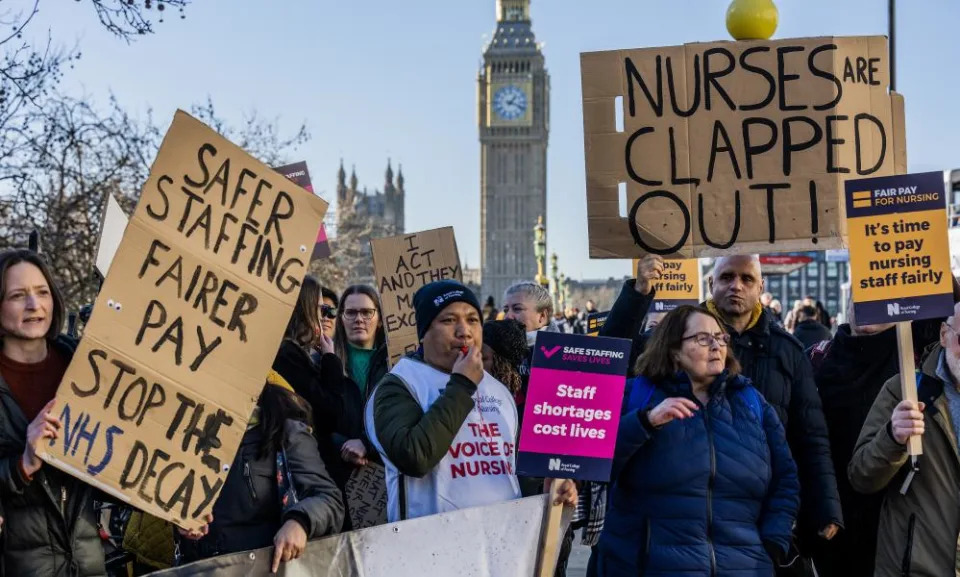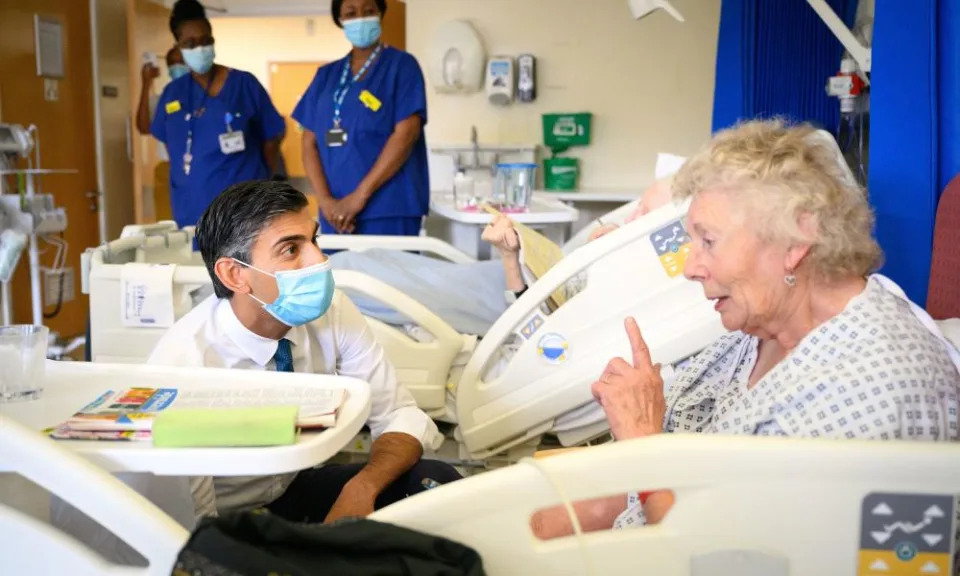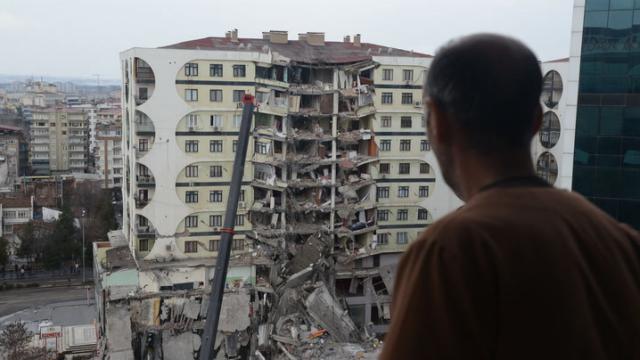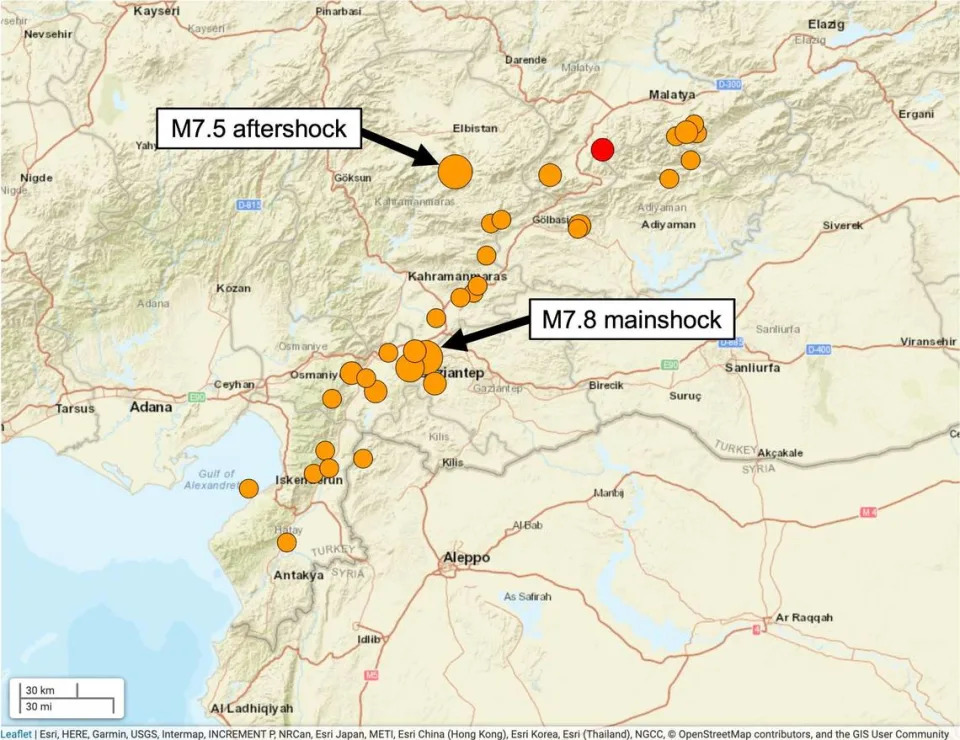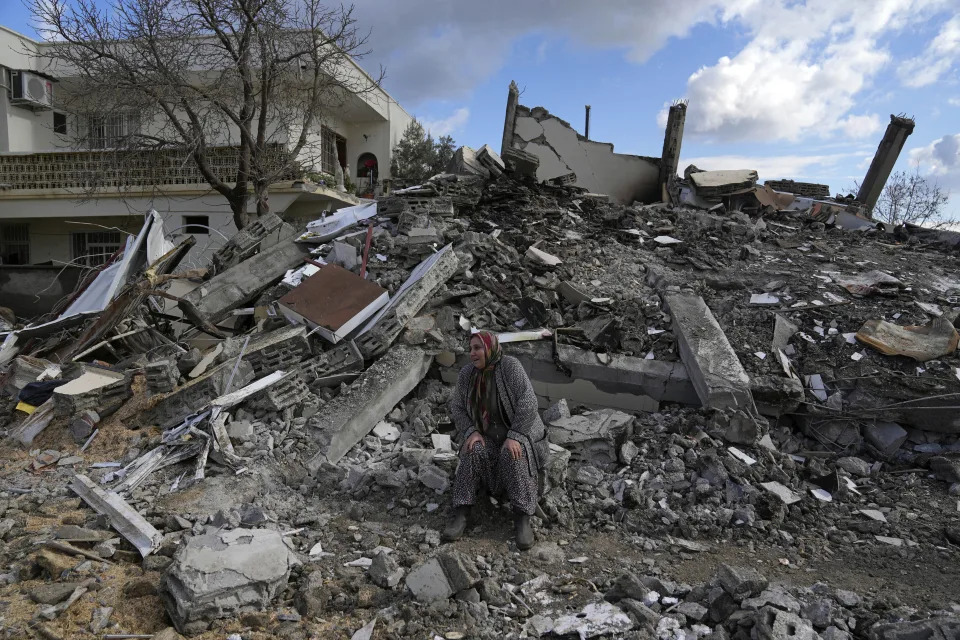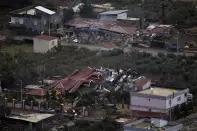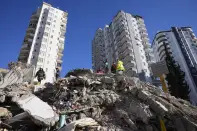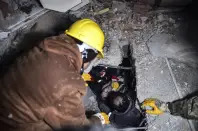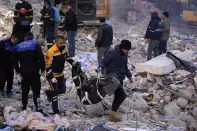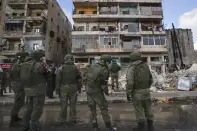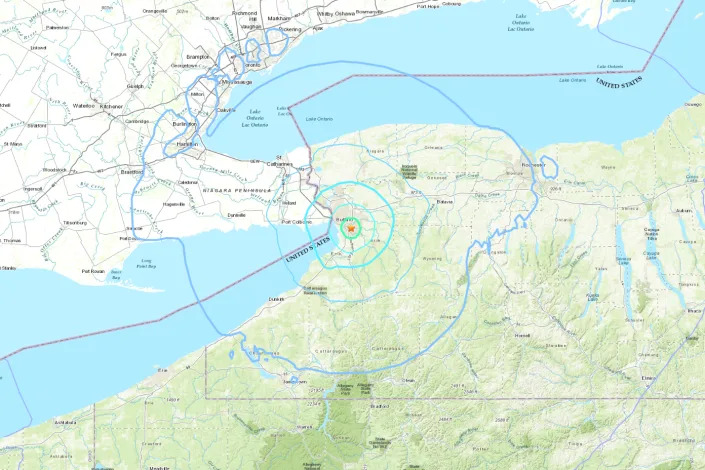Patrick Barlow
Mon, 6 February 2023

Caroline Lucas and Lloyd Russell-Moyle at the picket line in Brighton
Politicians have been seen supporting NHS staff after visiting picket lines of striking workers.
Brighton MPs Caroline Lucas and Lloyd Russell-Moyle have been speaking to workers who have taken industrial action to pile pressure on the government.
The MPs have been supporting the workers as they protest about patient safety and health sector pay freezes, with Ms Lucas calling nurses struggling to pay for food “a scandal”.
The Green MP for Brighton Pavilion said: “It was so powerful hearing from nurses on the picket line in Brighton this morning.

The Argus: Caroline Lucas on the picket line at the Royal Sussex County Hospital
Caroline Lucas on the picket line at the Royal Sussex County Hospital (Image: Matt Traini)
"Conditions in the NHS are simply not sustainable, for staff or patients, with critical staffing shortages putting the future of the NHS at risk.
"Many of the nurses are exhausted, working extra shifts to make ends meet with some in Brighton describing working in the NHS 'like being in a war zone'.
"Last year 14 per cent of nurses used food banks, while 30 per cent struggled to pay for food. That is a scandal.
READ MORE: Constance Marten: Footage shows missing couple near A259 in Sussex
"Government ministers often spoke of healthcare workers’ heroism throughout the peak of the pandemic, but warm words and applause don’t pay bills.
"With Green Party colleagues, I am demanding fair and decent pay for NHS workers, long-term investment, a staff recruitment and retention plan, and for the NHS to remain in public hands.”
Ms Lucas spoke to striking nurses as well as holding a banner in support of the NHS staff outside of the Royal Sussex County Hospital in Brighton.
Lloyd Russell-Moyle, Labour MP for Kemptown, was also seen at the picket speaking to workers out on strike on Monday, February 6.
Mr Russell-Moyle was also previously seen on a march from the hospital to The Level organised by Sussex Defend the NHS.
The latest strikes by the Royal College of Nursing and the GMB Union, have coincided for the first time causing many health sector services to slow.
Protesters gathered outside the Royal Sussex as well as Worthing Hospital in an effort to force the government to act on the NHS crisis.
Some placards with RCN branding said “staff shortages cost lives” while other homemade signs read “negotiating with the government is harder than buying Taylor Swift tickets”.
Michael Robinson
Mon, 6 February 2023

Ambulance workers are striking all across the North East today (February 6) to campaign for better pay and working conditions Credit: SARAH CALDECOTT (Image: SARAH CALDECOTT)
Ambulance workers are striking all across the North East today (February 6) to campaign for better pay and working conditions.
As ambulance workers across the region took strike action on Monday morning, The Northern Echo travelled to picket lines in Hartlepool and Bishop Auckland to talk to those taking part.
According to GMB union, more than 750 GMB Union ambulance workers across the North East have walked out as part of the protests.
Paramedics, emergency care assistants, call handlers and other staff are all taking part in the action, with some in Bishop Auckland and Gateshead striking alongside their nursing colleagues.
Read more: Woman dies after medical emergency at Houghton Superdrug

The Northern Echo:
Speaking to The Echo at the protest taking place outside Bishop Auckland General Hospital, Michael Hunt, GMB regional officer, said ambulance workers were taking industrial action in response to the unsatisfactory pay rise offered by Government.
He said: "Pay's obviously an issue with the cost-of-living crisis, some of the ambulance crews are on less money than you can make in Aldi as a checkout operator.
"We really need to do something, the ambulance have said 'you know what, we've had enough of this', we've had years of being put down by the Tory government.
"We really need to do something, because if we don't do it now, if not now, when?
"We want a decent pay rise, it's all very well [that] all the MPs telling everyone to clap for us, we'd rather they just pay us properly."
Read more: Redcar: New Loftus jobs hub to be built as other buildings demolished

The Northern Echo:
This comes after ambulance service workers in the region voted to strike over the Government’s imposed 4 per cent pay award, and what the GMB said is the Government’s apparent attempts to ‘smear’ them over life and limb cover on strike days.
Workers from North East Ambulance service took part in the action, which began at 6:01am and is expected to last for 24 hours.
Meanwhile, workers are expected to be picketing between 8am and 6pm.
In the North East, strike action took place in Bishop Auckland, Gateshead, Coulby Newham, Consett, Hartlepool North, Pallion, Hawkeys Lane, Russell House, and South Shields.
While in Hartlepool, there was a great show of support for strikers as they picketed in the cold, with passing cars honking and being met by strikers cheers.

The Northern Echo:
Jo Hepworth, 35, from Hartlepool, senior organiser for GMB, said ambulance workers did not wish to be striking today and would rather provide care to patients, but current conditions have left them no choice.
She said: "They're here asking for a better pay rise, better terms and conditions, they obviously don't want to be here.
"They want to be able to provide the care they've signed up to do the job for, but the strike is not just about pay.
"It's about patient safety as well, it's about saying to the government the NHS needs help, and that's why they're here today.

The Northern Echo:
"When the paramedics pick up their patients, they're standing for hours and hours outside A+E with that one patient, sometimes it's a full shift.
"It's not just the ambulance system that's broken, it's the whole NHS. That's why everybody's standing here today to say something needs to give."
She also called on the government to resume negotiations with the union so an agreement on pay and working conditions could be made.
